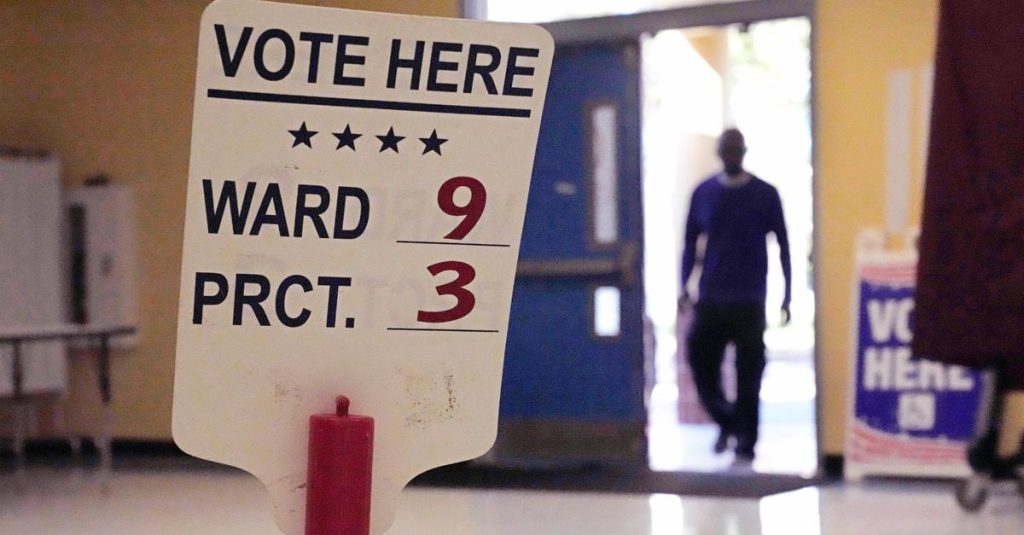A new congressional district map in Louisiana that would have created a second majority-Black House district was rejected by a panel of federal judges, adding uncertainty to the upcoming fall congressional elections. The ruling prevents the use of a map drawn up by the Legislature in January, after a previous map was blocked by another federal judge in 2022. The rejected map featured a single majority-Black district and five mostly white districts, while the new map sought to link Black populations in various regions of the state.
Opponents of the new map, including 12 non-African American voters, argued that the districts were a result of unconstitutional racial gerrymandering that disadvantaged white voters. Supporters, on the other hand, claimed that political considerations, rather than race, were the driving force behind the map’s development. The new map aimed to ensure compliance with the federal Voting Rights Act while maintaining safe districts for five incumbents, including one Black Democrat and four white Republicans.
The legal battle over redistricting in Louisiana began in 2022 when the Republican-dominated Legislature drew a map favoring all six incumbents, despite a veto by then-Governor John Bel Edwards. A series of legal challenges ensued, leading to the rejection of the map and subsequent efforts to redraw the districts. The latest ruling came after several rounds of appeals and arguments over how the districts were apportioned and whether they violated the Voting Rights Act.
The rejected map transformed Rep. Garret Graves’ district from majority-white and Republican to majority-Black and Democratic, a shift that some saw as politically motivated. Critics of the map argued that it packed Black voters into one district while spreading remaining Black populations across predominantly white districts. The ruling was part of a broader legal battle over redistricting, a process that occurs every 10 years based on census data to account for population changes.
The uncertainty surrounding the congressional district map in Louisiana has implications for the upcoming fall elections, as state officials need to finalize district boundaries by May 15. Given the likelihood of an appeal to the U.S. Supreme Court, the fate of the district boundaries remains unclear. The legal challenges, appeals, and differing interpretations of the Voting Rights Act have prolonged the redistricting process in Louisiana, underscoring the complexities and controversies surrounding the drawing of electoral districts. Despite these challenges, the outcome of the legal battle will shape the political landscape in Louisiana and determine the representation of its diverse population.


